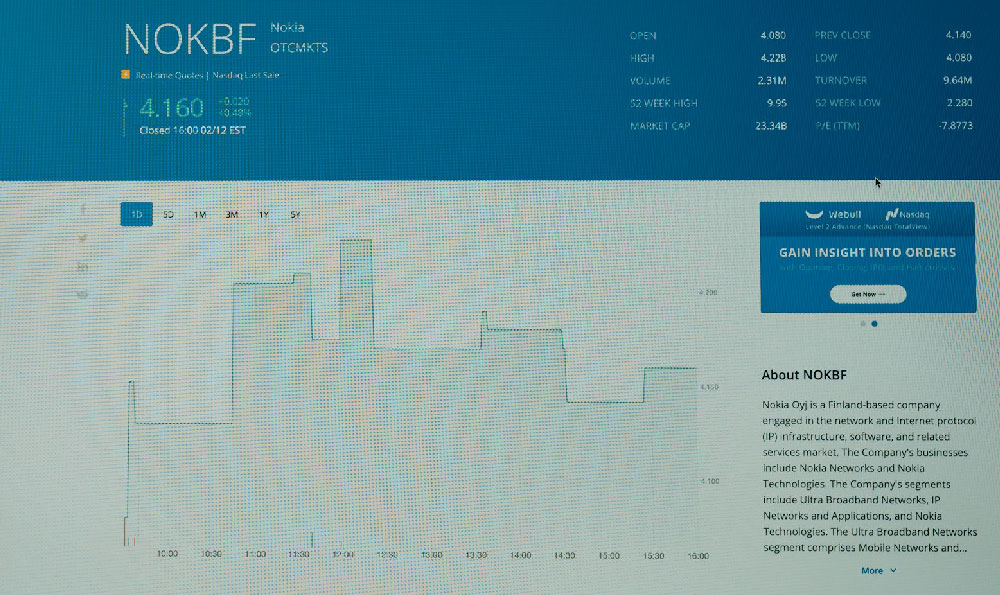
The digital age has unlocked unprecedented opportunities for individuals to generate income through online video content. From short-form clips on TikTok to long-form documentaries on YouTube, the landscape is brimming with possibilities. However, navigating this dynamic environment requires understanding what strategies truly drive revenue and which ones are destined to fail. The journey from amateur videographer to financially independent creator is paved with strategic decisions, audience engagement, and a dose of resilience.
One of the most effective methods for monetizing video content is through YouTube's Partner Program (YPP). This program allows creators who meet specific criteria – a minimum of 1,000 subscribers and 4,000 valid public watch hours in the past 12 months – to earn revenue from advertisements displayed on their videos. The amount earned per thousand views (CPM) varies significantly based on factors like audience demographics, content niche, and advertiser demand. While YPP can provide a steady stream of income, relying solely on ad revenue is often insufficient for long-term financial stability. Diversification is key.
Another promising avenue for generating revenue is through affiliate marketing. This involves partnering with brands and promoting their products or services within your videos. When viewers click on your unique affiliate link and make a purchase, you earn a commission. The effectiveness of affiliate marketing hinges on the relevance of the product to your audience, the clarity of your endorsement, and the trustworthiness you have established with your viewers. Authenticity is paramount; viewers are quick to detect insincere endorsements, which can damage your credibility and negatively impact your earning potential.

Directly selling products or services is another lucrative path. This could take the form of merchandise branded with your channel's logo, online courses teaching your specific skills, or digital products like e-books and templates. This approach offers greater control over pricing and profit margins compared to affiliate marketing. However, it also requires more upfront investment in product development, marketing, and customer service. Building a strong brand and fostering a loyal community are crucial for success in direct sales.
Membership platforms, such as Patreon or YouTube Memberships, provide a mechanism for viewers to directly support creators through recurring subscriptions. In exchange for monthly payments, members often receive exclusive content, behind-the-scenes access, or personalized perks. Building a strong sense of community and offering tangible value to members are essential for sustaining a thriving membership program. This model prioritizes deep engagement with your most dedicated fans.
Beyond the specific monetization strategies, several underlying factors contribute to overall success. High-quality content is the foundation of any successful video channel. This includes not only visually appealing production values but also compelling storytelling, informative insights, or genuinely entertaining performances. Content should be tailored to your target audience and consistently delivered.
Engagement with your audience is equally critical. Responding to comments, conducting polls, and hosting live streams foster a sense of connection and build loyalty. Understanding your audience's preferences and needs allows you to create content that resonates with them, leading to increased viewership and engagement.
Consistency is key to maintaining momentum. Regular uploads, even if they are less frequent than daily, help keep your channel visible in the algorithm and prevent your audience from losing interest. Developing a content calendar and sticking to a schedule can help you stay organized and ensure a steady stream of fresh content.
Furthermore, search engine optimization (SEO) plays a vital role in discoverability. Optimizing your video titles, descriptions, and tags with relevant keywords can help your videos rank higher in search results, attracting more organic traffic. Conducting keyword research and analyzing competitor strategies can provide valuable insights into what keywords are most effective in your niche.
While many avenues for making money with videos exist, certain strategies are often less effective or even detrimental to long-term success. For instance, buying fake views or subscribers is a common mistake that can damage your channel's reputation and potentially lead to penalties from platforms like YouTube. These artificially inflated numbers are easily detected by algorithms and provide no genuine engagement, ultimately hindering your channel's growth.
Likewise, relying solely on viral videos for revenue is a risky strategy. While a viral video can generate a temporary surge in viewership and income, it is rarely sustainable. Building a loyal audience through consistent quality content is a more reliable path to long-term financial stability. Chasing trends without considering your audience's interests can also lead to a disconnect and ultimately hurt your channel's growth.
Finally, neglecting the legal and ethical aspects of video creation can have serious consequences. Copyright infringement, defamation, and privacy violations can result in legal action and damage your reputation. It is essential to understand and comply with all applicable laws and regulations.
In conclusion, making money with videos requires a multifaceted approach that combines high-quality content, strategic monetization methods, audience engagement, and ethical practices. Diversifying income streams, building a strong brand, and understanding your audience are essential for long-term success. While the path to financial independence as a video creator may be challenging, the opportunities are vast for those who are willing to invest the time, effort, and creativity needed to thrive in this dynamic digital landscape. The key is to adapt, learn, and consistently strive to improve your craft and engage with your audience in a meaningful way.





